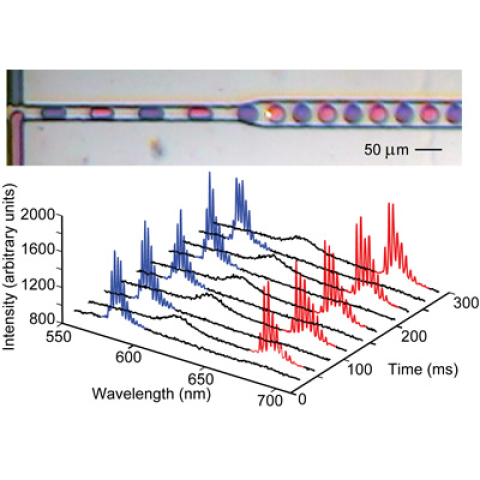Interdisciplinary Initiatives Program Round 7 - 2014
Jason Andrews, Medicine - Infectious Diseases, Geographic Medicine
Sindy Tang, Mechanical Engineering
For patients with bloodstream bacterial infections, prompt diagnosis and treatment is critical to survival. Each hour of delay in appropriate treatment increases the risk of death by 8%. Current automated systems for diagnosis of bloodstream infections take 16-24 hours to identify bacteria; they do so by first growing bacterial until millions are present and detecting the gases they produce. By contrast, DNA tests for bacteria can be performed in as little as 90 minutes; however, as currently performed they fail to identify many bacterial infections. A major reason for this failure is that the concentration of bacteria in blood during infections is very low. We propose to address this fundamental challenge using the emerging field of droplet microfluidics. In this approach, blood will be thinned and then broken into millions of tiny droplets; a very small number of these droplets will contain bacteria, but the concentration in these droplets will be millions of times higher. We will then perform the DNA tests on these droplets, which results in a fluorescent light being produced; we will measure the light from each droplet on a camera to determine whether bacteria are present. This approach will enable us to detect bacteria at much lower concentrations and much faster than current techniques, and the aim of this project is to develop and test a platform for rapid diagnosis of bacteria in blood.



